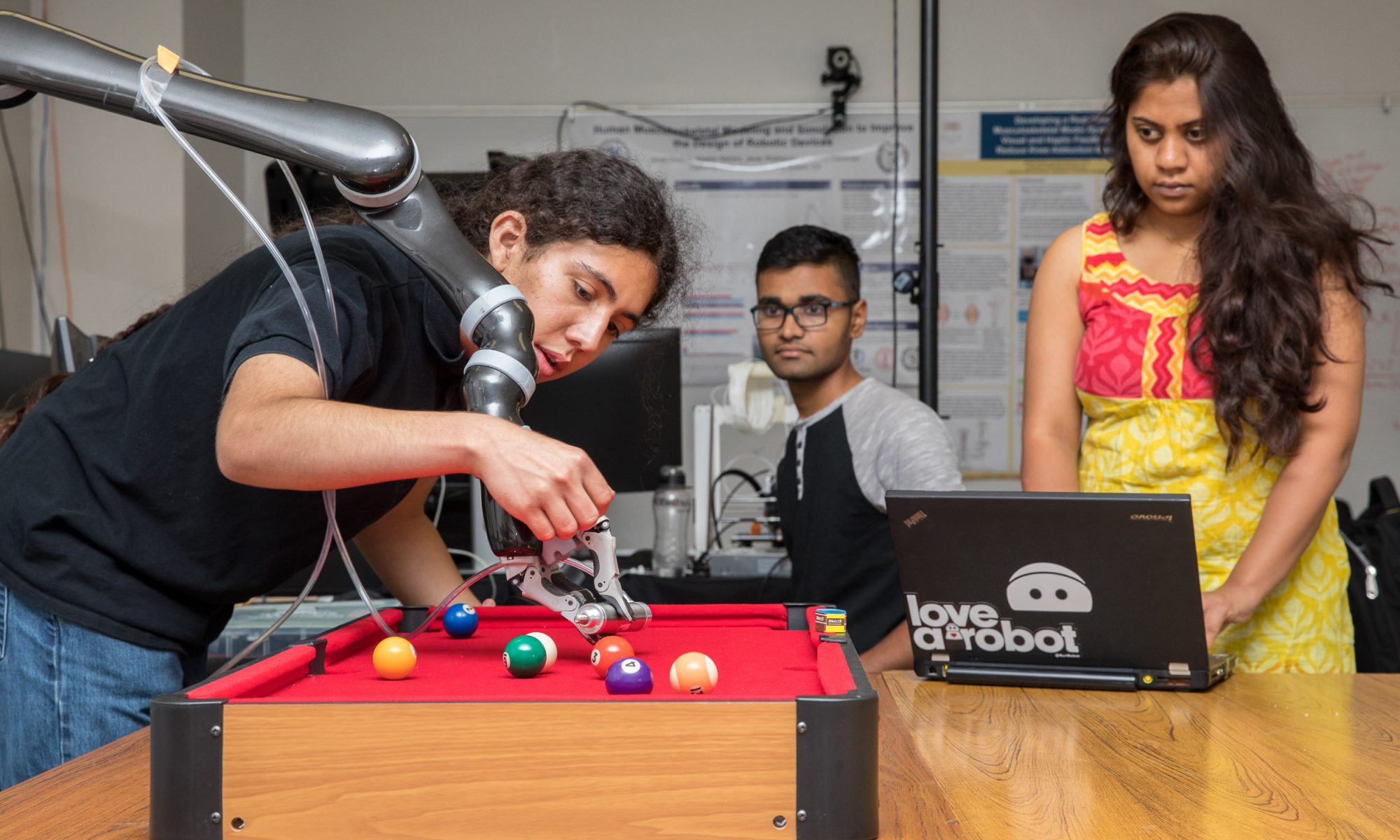In the 1990s, the U.S. built out the broadband networks that laid the foundation for today’s high-speed Internet and resulting technologies. And now, the nation needs to put that same kind of attention into upgrading its power grid.
Keyue Smedley, an IEEE Fellow and professor of electrical engineering and computer science at University of California Irvine, said the current grid was designed for predictable loads and centralized control. That means when there’s system instability or a blackout, it cascades to other parts of the power grid. And new types of uses—such as electric-vehicle charging stations—are intermittent and difficult to prepare for, as are renewable sources of energy, such as solar or wind.
Blackouts and brownouts are becoming increasingly commonplace as the system struggles in this new environment. And when a blackout occurs, it can last for several days and afflict entire regions, said Smedley, speaking at the 6th annual IEEE Green Energy and Systems Conference (IGESC) at CSULB on Monday. Another problem is that the grid doesn’t make efficient use of renewable energy.
When the US’s electrical grid was established more than a century ago, it was adequate to meet demand. “As time goes on, we add washing machines, we add air conditioners—our operating margin is getting smaller and smaller,” Smedley said. “After serving for a hundred years, this power system is showing some signs of aging.”
A full 40 percent of total energy consumption goes to electrical power generation. And 70 percent of it comes from fossil fuels. “Our brothers and sisters are digging out fossil fuels so we can sit in a comfortable room drinking our coffee,” Smedley said.
Currently, only 7 percent of energy generated comes from renewables. “We’ve been talking about renewables for a long time,” said Smedley. “Why are we still waiting for all these years?”
Smedley herself has been pondering electrical control systems for a couple of decades—since she came up with her one-cycle control concept (OCCC) while a grad student at Caltech. OCCC calls for actuators that would control power flow and allow for two-way communication. Such control would enable more efficient use of renewable energy and secure grids in the event of terrorist attacks or natural disasters.
The California Public Utilities Commission is requiring that one-third of energy in the state come from renewables by 2020—with the possibility it could be upped to 50 percent by 2030. “You can’t achieve that without a faster control system,” Smedley said. “Microelectronics revolutionized IT,” she said. “Now it’s time to siliconize our power system.”


